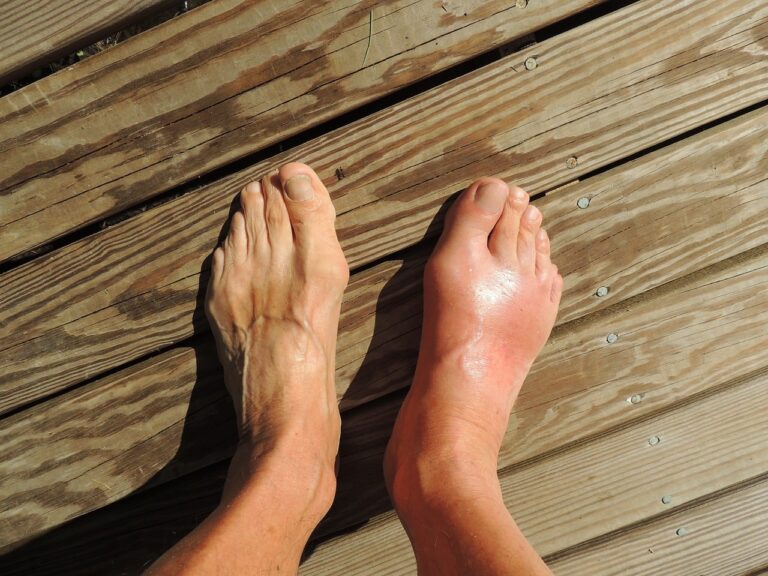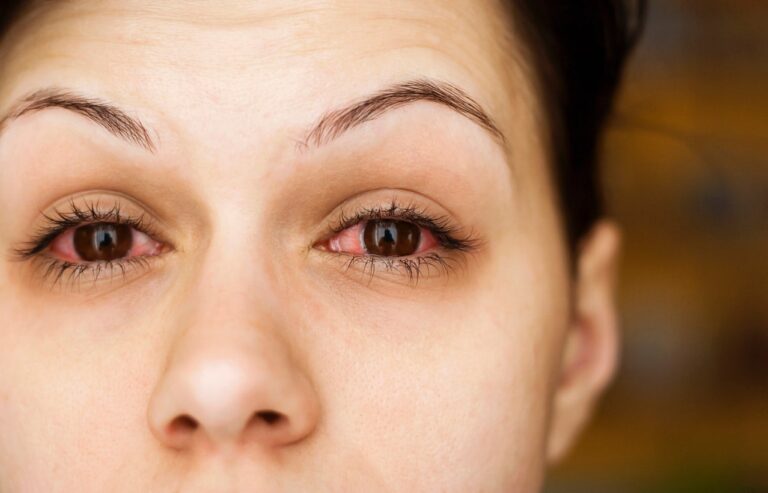How Long Does Pink Eye Last?
Pink eye, or conjunctivitis, is a common condition that causes redness, swelling, and discharge in the eyes. The condition occurs when the conjunctiva, the thin layer of tissue that covers the front of the eye, becomes inflamed. It can be caused by viruses, bacteria, allergens, and irritants. And because of this, how long you experience […]
Read More







